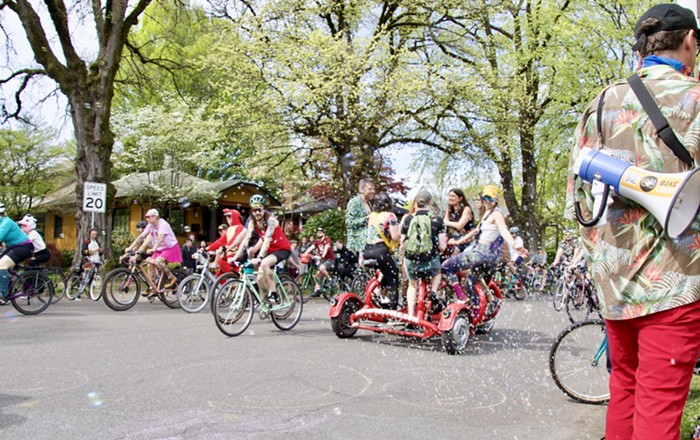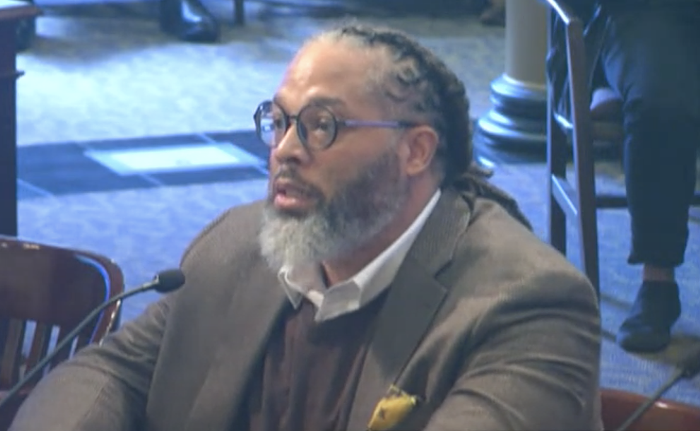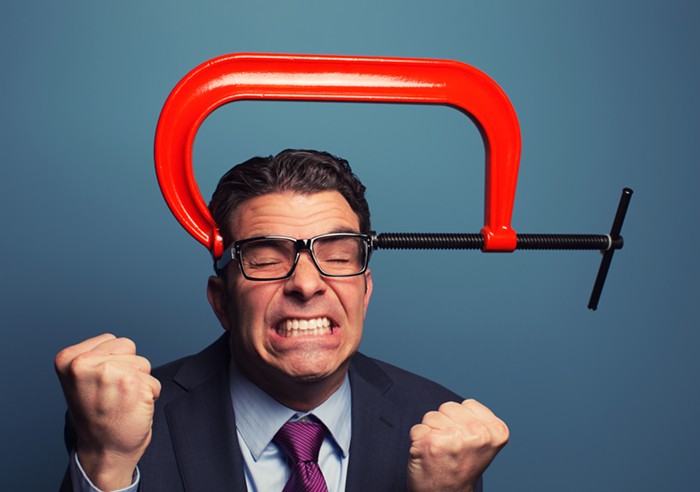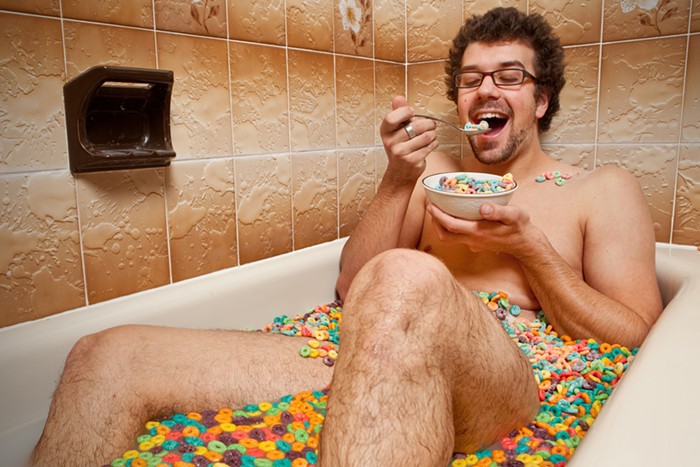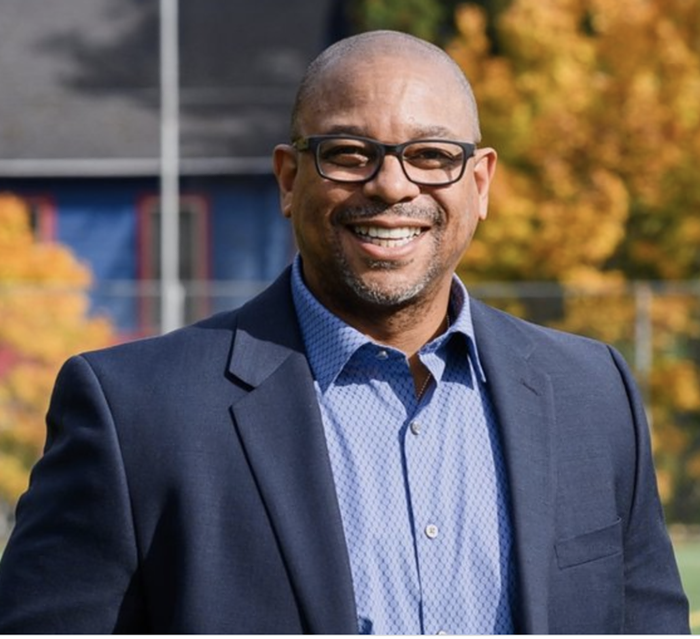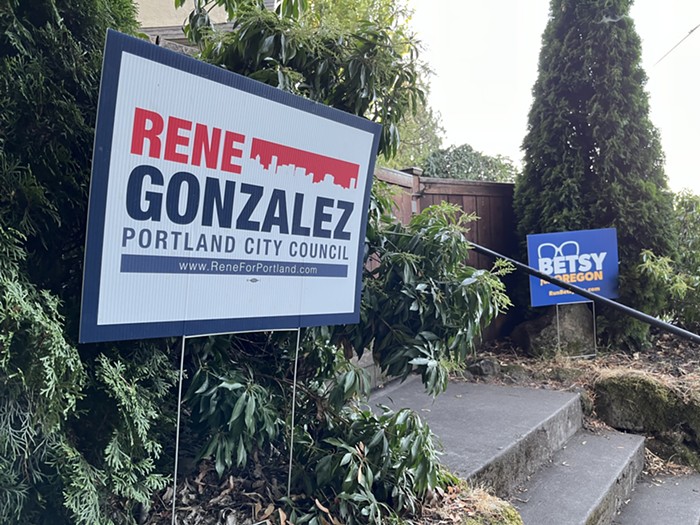
- Matthew Billington
When the City Club of Portland released a report on bicycling in late May, much of the coverage—ours included— centered around some of the more sensational findings. For instance, the report's suggestion than an excise tax be levied on new bike purchases.
I actually found most of the report sort of predictable at the time. Bikes are good? They should be accepted and provided for in the urban landscape? Thanks, City Club.
Now I'm thinking I was wrong. There are some really interesting details in the report I glossed over the first time around. Mainly, an idea I'd not heard: Bike lanes are no longer going to help Portland attract new cyclists.
The change of heart was spurred by an e-mail sent out recently by Portland economist Robert McCullough. McCullough did a lot of the heavy data lifting for the City Club report, and he's about to present his findings further in a lunchtime talk tomorrow.
Relying heavily on numbers from the Hawthorne Bridge bike counter (as well as census data and Metro infrastructure tallies) McCullough's essentially concluded [pdf] Portland's gotten as much use of the handy paint stripes as its likely to get—at least where attracting new users is concerned.
Sure, the city's seen a bike boom in recent decades, McCullough says, but the strategies that got us here are no longer enough. We've reached a point of flattening growth on the "logistic curve" and things will be harder from here on out. Simply slapping paint on the side of a road, his data suggests, isn't going to push the city past the stubborn stagnation in cycling growth we've seen recently.
So what are we supposed to do, especially when the stated goal [pdf] is to have a quarter of all trips in Portland made by bicycle by 2030? (We're nowhere close.)
While it's interesting regular old bike lanes might not help, McCullough's solution isn't particularly jaw-dropping. He—along with about every bicycle advocate in the world, basically—thinks more "protected bike lanes" are the answer. These are stretches like NE Multnomah through the Lloyd District and SW Moody near the South Waterfront, where cycling paths are physically separated from car traffic.
Bike boulevards, the sleepy, velocipede-designated routes often adjacent to major thoroughfares, are good, too.
"Frankly, I'd put away the paintbrush," McCullough told me earlier today. "It’s better than nothing, but if we really wanted change behavior, we have to cater to the customer."
The line of thinking—and it seems obvious—is that people who are currently hesitant to use a normal bike lane may be willing to ride when they feel more protected. (McCullough suggested those demographics could include older folks and women, but I was thinking of Erik Henriksen, who is simply terrified of making the easy and short bike ride into work. He won't do it.)
It's a notion that jibes with the "four types of cyclists" you'll often hear mentioned. Nearly 70 percent of people could be convinced to ride a bike, that idea goes, but the overwhelming majority still see it as unsafe.
"You already have an entire group of 25-year-old white males (who'll ride anywhere)," McCullough said. "What we do know is there are other groups."
But as bikeportland.com pointed out only yesterday (and we've explored before), Portland's simply not pursuing many of these projects, at present.
That's a shame. They're money savers.
